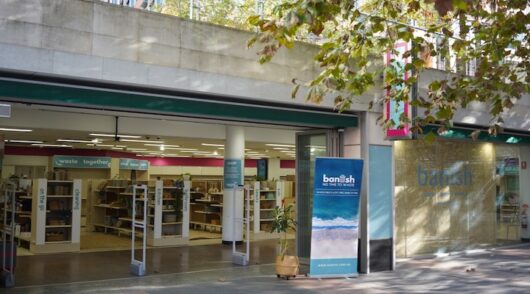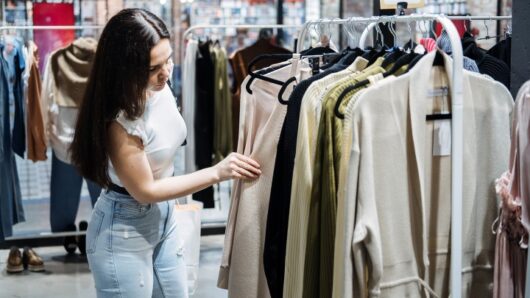There is one category of merchandise that very few people purchase at full retail because it is always discounted somewhere, both in bricks and mortar stores and online.
This category has expertly self imploded, perhaps beyond recovery. It is manchester – or if you prefer bed and bath. Some retailers in this category have gone, such as Mansours which had been around for many years.
Others are in trouble. But what are they doing about it apart from joining the discount frenzy?
To the best of my knowledge, very little.
I wanted some new sheets a couple of years ago and went online and purchased Egyptian cotton sheets at what I thought was a reasonable price.
Later I went online again and ordered some pure cotton sheets.
I am by no means an expert on fabrics but I think I know cotton when I feel it. The second purchase was not pure cotton.
It was a blend of cotton and polyester. I approached the company and they initially argued, but on reflection they must have reconsidered because they gave me a credit.
The first purchase with which I was happy did not last terribly well and after a few years they fell apart.
Now back in the market for bed sheets, I decided to do a little research. It was fascinating.
I learnt that Manchester in the UK used to be the cotton capital of the world. They also made rabbit fur hats in Manchester and used mercury to separate the skin from the body.
This mercury eventually affected the hat makers – hence the term “as mad as a hatter”. But in exploring Egyptian cotton, I found that thread count is often used in order to imply quality.
I use the word imply because your 1000TC sheet or duvet set could really be 250TC.
Thread count is one of the biggest and most confusing issues for consumers.
In addition, there is a vast difference between how manufacturers are determining thread count. Some simply lie.
Others from countries such as Egypt, China, Portugal, and India use two-ply or multiple-ply threads up to four-ply claiming their thread count is double or quadruple compared to the true value in the US.
The reason they do this is because they are using discard grade or extremely short fibres. Fibre length is critical in determining quality, and yet it is rarely detailed on the packaging.
The majority of sheet sets made of Egyptian cotton are junk. Almost all are made of short fibres which cause roughness, pilling, or surface balling. In the absence of information about fibre length, a dead giveaway that you are buying short fibres is the ply.
This means that threads are twisted together in order to create a long fibre. In the case of two-ply, two fibres are twisted together and in the case of four-ply, four fibres are twisted together.
I could ramble on but you can find a comprehensive article here, or simply Google ‘the truth about thread count’ and you will find several articles on this topic.
You will learn that a four piece Queen size set – two sheets and two pillowcase will cost you a mere $499.
Where does this leave us – the Australian retailer and consumer – especially since fibre length is a bit of a mystery?
Having thoroughly confused myself and unwilling to pay $500, I decided to buy sheets from a company that supplies hotels, figuring that quality would be pretty much guaranteed.
I paid a bit more, but I was happy to do so and the product looks and feels great. But the million dollar questions are these: · Before reading this article were you aware of what is written above or do you usually buy bed linen the way I used to?
· Why do linen retailers not go out of their way to educate the customer and sell better quality merchandise at higher prices rather than join the discount war?
* Stuart Bennie is a retail consultant at Impact Retailing www.impactretailing.com.au and can be contacted at stuart@impactretailing.com.au or 0414 631 702





